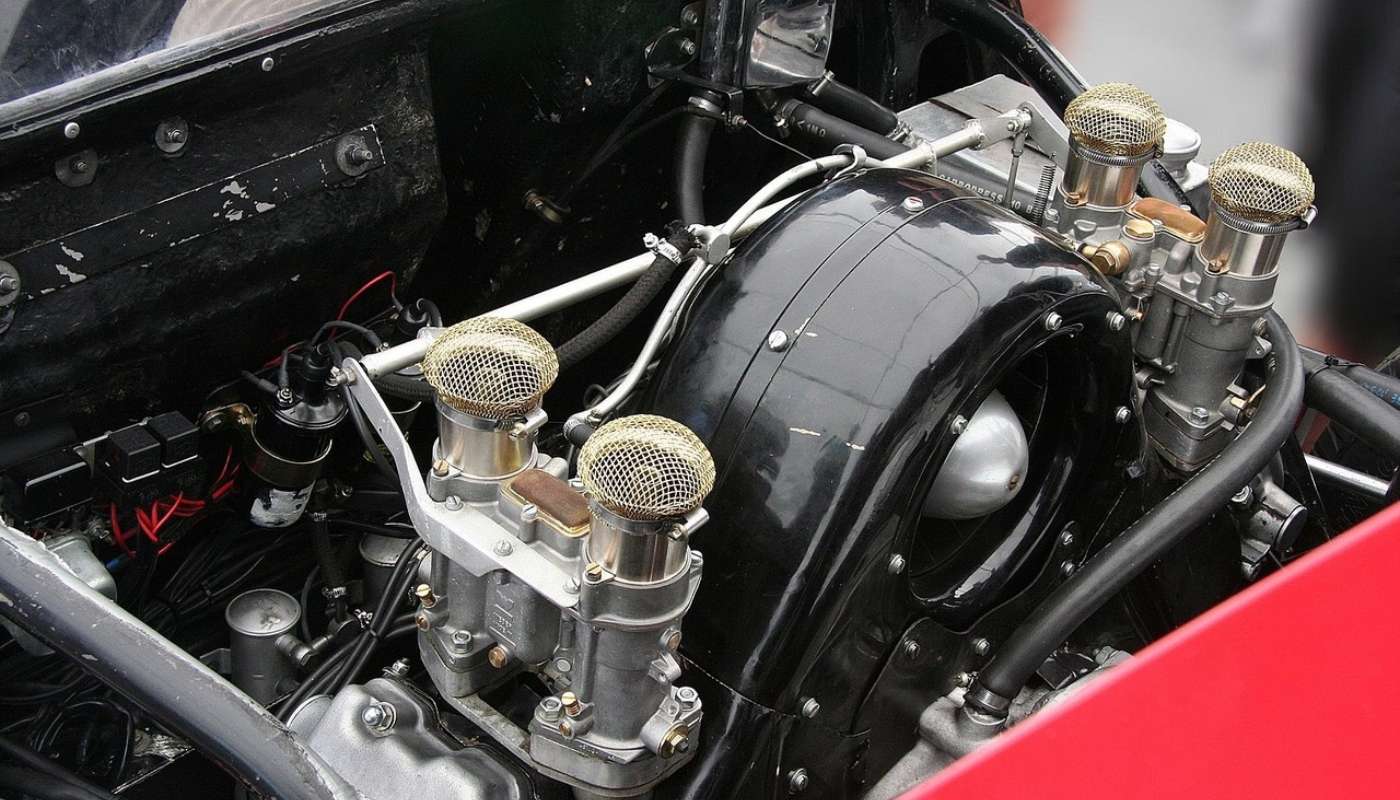
Get Familiar with the Fuhrmann Engine
By Dean Larson
For purveyors of fine Porsche air-cooled mills, there’s no more prestigious four-cylinder than the Fuhrmann engine. Deemed the Type 547, the four-cam engine was designed to maximize the performance of Porsche race cars with seemingly a single restriction — packaging.
See, the new race mill had to give Porsche’s race cars a fresh leg up on the competition for the ’53 season, but it had to retain the compact, air-cooled flat-four format. Other than that, it seems like a blank check was made out to the design team, evidenced by the engine’s complexity.
Displacing 1,500 cc in its original iteration, the new Type 547 featured dual overhead camshafts with two valves per cylinder. But what makes the 547 even more interesting is the complex arrangement of shafts and bevel gears that operate the camshafts. Summarized, four bevel gears on horizontal shafts pick up rotation from the crankshaft and go out to the exhaust camshafts (located lower on the engine). Spun by bevel gears on the end of the horizontal shafts, the exhaust cams turn, operating the exhaust valve tappets, but also spinning four vertical shafts by (you guessed it) bevel gears. These vertical shafts go up from the exhaust cams to the intake cams, spinning the intake cams in the same bevel-gear arrangement.
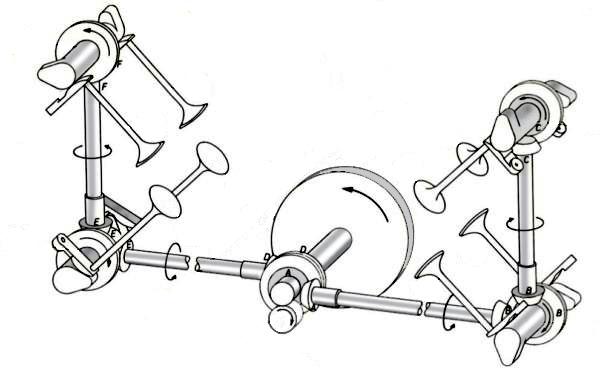
Furthermore, the engines also featured a dual ignition system with two distributors, leading to more complete combustion, and a backup system in the event of a failure on the track. Add in that the 547 utilized dry-sump oiling and a roller-bearing crankshaft assembly. What all this meant, was that the Fuhrmann engine was extremely complicated to build and service. Adjusting the cam and ignition timing could take up to 40 hours alone, and refurbishing the engine could take up to 100 hours. Despite their mechanical complexity, these engines were known for being quite durable and versatile. Take the 550 Spyder for instance, which made a name for Porsche by driving to the track, winning, and driving home afterward.
Porsche’s race teams gleaned the successes of these efforts in the form of high-revving, more powerful engines than their previous pushrod counterparts. The Fuhrmann engine was built in 1,100 to 2,000 cc displacements, with outputs from 100 to 180 hp (in the 587/3). That’s a pretty significant shift when you consider the average 1.6-liter in the 356 A made about 59 hp.
While less than 2,000 Fuhrmann engines were ever produced, their effect on the fledgling marque was permanent. Special 356 Carreras, the giant-killing 550 Spyder, the 718 RSK and unmistakable 904 Carrera all used versions of Fuhrmann’s vertical-shaft engine to put Porsche on the map as a serious sports car manufacturer.
The vertical-shaft valvetrain design remains credited Dr. Ernst Fuhrmann, and the engine carries his unique name to this day. Appropriately, Fuhrmann received his Doctorate of Mechanical Engineering for his studies in high-performance internal-combustion engines. Fuhrmann would enjoy a long career at Porsche, into the 1980s, and the Type 547 was undoubtedly a crowning achievement representative of his work.
Photos:
By Spurzem - Lothar Spurzem - Own work, CC BY-SA 2.0 de, https://commons.wikimedia.org/...
By Panamera, Stuttgart, Germany - Taken myself at the Porsche Museum Suttgart, Germany, Public Domain, https://commons.wikimedia.org/...
By Dean Larson and by Steve Temple

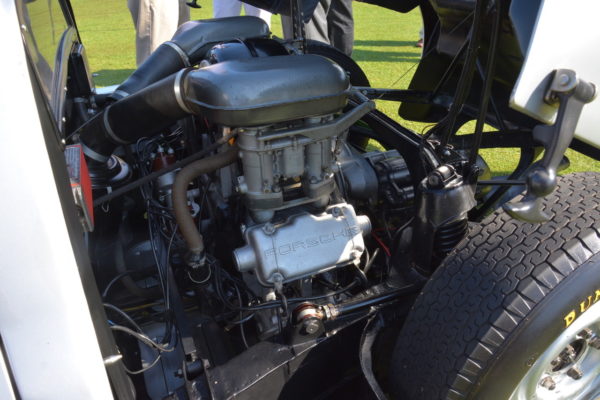
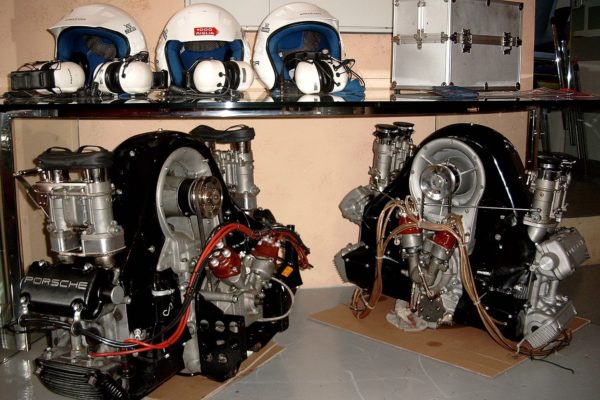
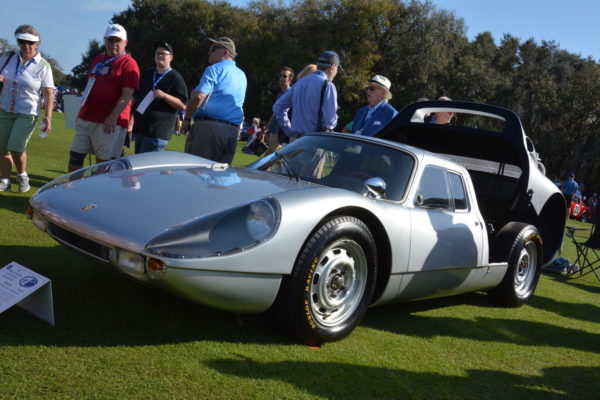
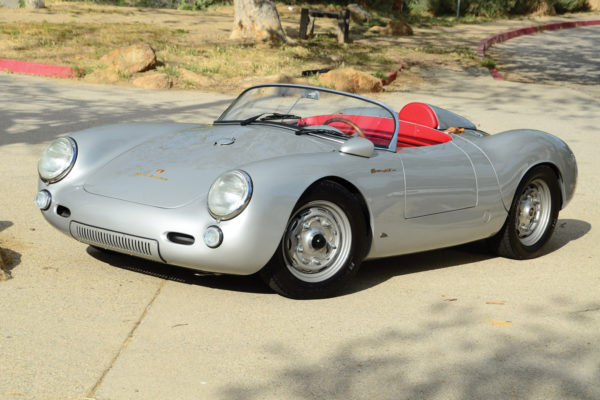

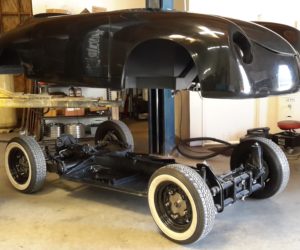
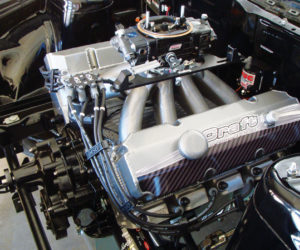
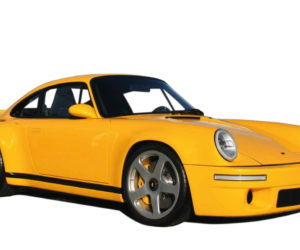
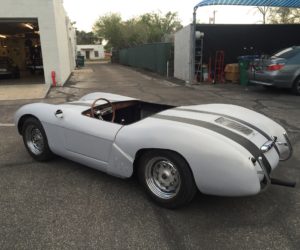
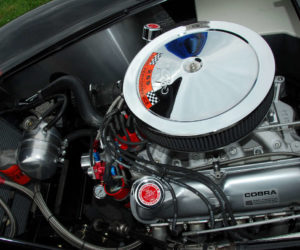
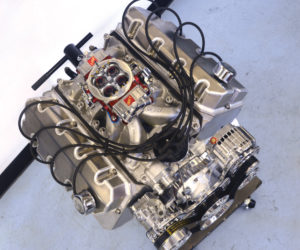




Comments for: Get Familiar with the Fuhrmann Engine
comments powered by Disqus